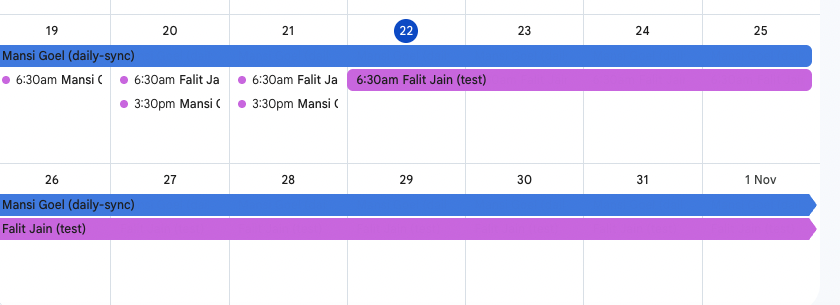
In the dynamic world of software development, Jira and Slack have become essential tools. Jira, predominantly used for project management, helps engineers track and organize tasks, bugs, and projects through its robust issue-tracking platform. Its agile boards, customizable workflows, and detailed reporting tools are indispensable for maintaining systematic project progression.
On the other hand, Slack serves as the communication hub. Its real-time messaging capability, channel-based organization, and integration with various tools make it a central workspace for team discussions, quick updates, and collaboration.
However, despite their individual strengths, there's a notable gap in how these tools coexist.
The issue arises in the disconnect between task management in Jira and discussions in Slack. Engineers often find themselves discussing a Jira ticket within a Slack channel, but then need to switch back to Jira to update the ticket status or add detailed comments. This constant back-and-forth not only disrupts workflow but also increases the chances of miscommunication or oversight.
For instance, during a bug fix, engineers might discuss the issue extensively on Slack but fail to record all decisions or updates in Jira, leading to a disjointed project tracking system.
The need for Jira-Slack integration stems from the desire to streamline this workflow. Imagine if updates made in Jira automatically reflect in the relevant Slack channel, or if engineers could create and update Jira tickets directly from Slack. This seamless integration would ensure that no detail is missed and that all team members are on the same page, enhancing collaboration and efficiency.
To achieve an effective integration between Jira and Slack, Pagerly offers a robust solution. Their platform allows seamless syncing of Jira, JSM, Opsgenie, and Confluence with Slack. This integration enhances your process by allowing pre-built workflows or the creation of custom solutions tailored to your team's needs. Key features include:
By integrating Jira and Slack using Pagerly's solution, teams can significantly enhance their workflow, reduce time spent switching between apps, and improve overall project management and communication efficiency.

